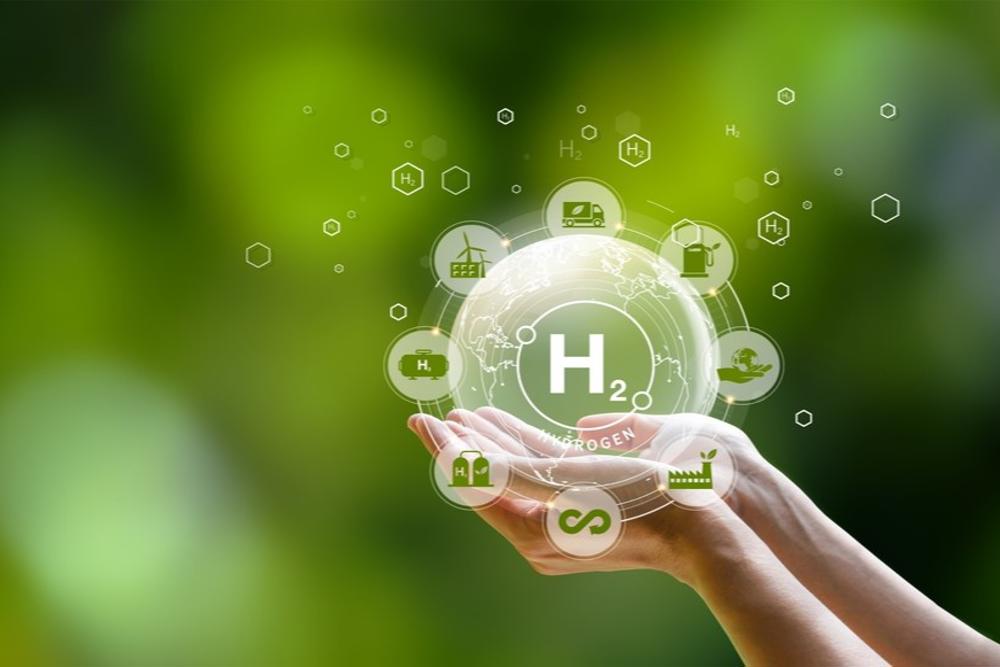
Goondiwindi Regional Council Mayor the Honourable Cr Lawrence Springborg AM, and the Councillors have endorsed an agreement with The Hydrogen Collective (H2C) for the integration of hydrogen at the Goondiwindi Wastewater Treatment Plant (WWTP).
The new hydrogen production site will utilise wastewater from the Goondiwindi WWTP and a new onsite solar array, to produce green hydrogen. The lesser-known by-product of this process is oxygen which will be utilised to increase long-term capacity and operational efficiency for the facility.
This innovative approach not only addresses environmental concerns associated with wastewater treatment but also positions the Goondiwindi Region as a pioneer in the production of green hydrogen.
Cr Lawrence Springborg AM said the WWTP will generate a small amount of green hydrogen but will still be one of the largest producers in Australia.
“This innovation brands us leaders in this sector. This is Regional Australia at its best.
“The public-private partnership with H2C will generate commercial revenue for H2C through selling green hydrogen to the private sector,” the Mayor said.
Simon Shaw, Managing Director of H2C, said with over 1200 Wastewater Treatment Plants around Australia, there is an opportunity to feasibly produce and distribute green hydrogen and other renewables to nearby local businesses and residents.
“Producing and using renewable energy within the local area supports local economic growth and the reduction of carbon emissions across the region,” Mr Shaw said.
Signing the agreement will allow H2C to contract the locals who will build the facility and the locals who will use the green hydrogen.
“The leadership shown by Goondiwindi Council to support this innovative concept will provide the platform for other Councils to develop similar concepts and realise similar benefits that support their regions. Goondiwindi Regional Council and H2C were successful in securing $2 million in funding from the second round of the Queensland Government’s Hydrogen Industry Development Fund (HIDF). This financial support further validates the significance and potential of the Goondiwindi Region and the Hydrogen Project,” said Mr Shaw.
Council’s contribution of $3.5 million is limited to upgrading the existing WWTP facilities. These upgrades were anticipated in the coming years, irrespective of the hydrogen project.
H2C has secured $6 million for the initial stages of the project with further capital to be committed once local demand for green hydrogen increases.
“An innovative project such as this would be impossible without a collective of skilled partners from across the green hydrogen supply chain,” added Mr Shaw.
“Council had already identified several major upgrades that would be required at the WWTP over the next 10 years – and those requirements would potentially have cost Council more than $20 million to realise,” Cr Springborg said.
“However, by pioneering this innovative project in partnership with private enterprise, we will instead be able to achieve the outcomes we want at a greatly reduced cost to ratepayers – we could save as much as $15 million on future capital works as well as significantly expand the capacity of the WWTP to serve our community into the future.”
The construction of a green hydrogen production site will commence within the next month and is planned to be operational before the end of the year.











